Why Lamb Deserves a Spot on Your Table
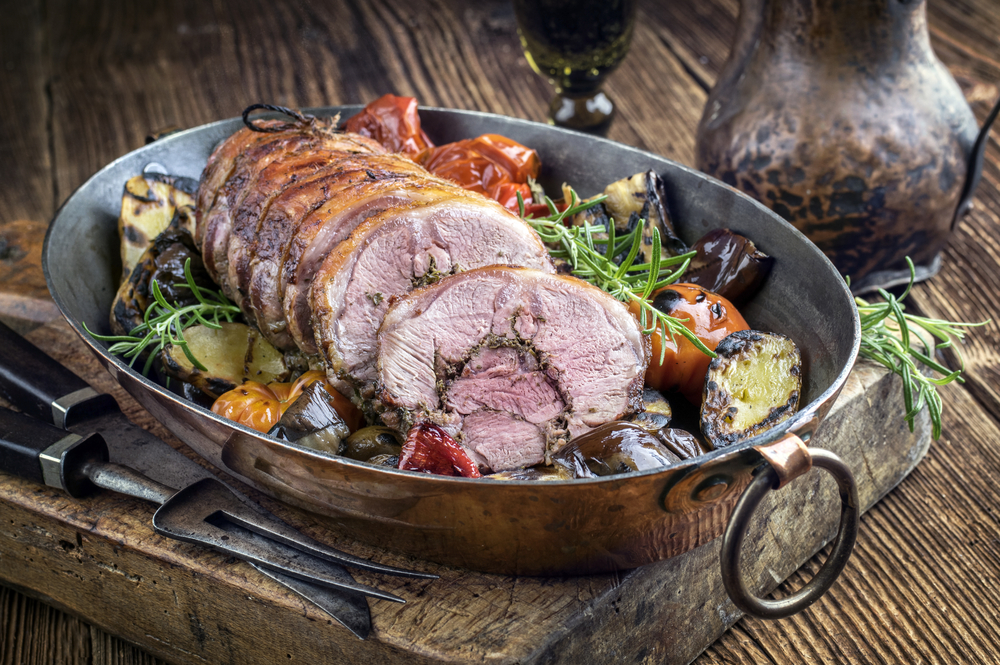
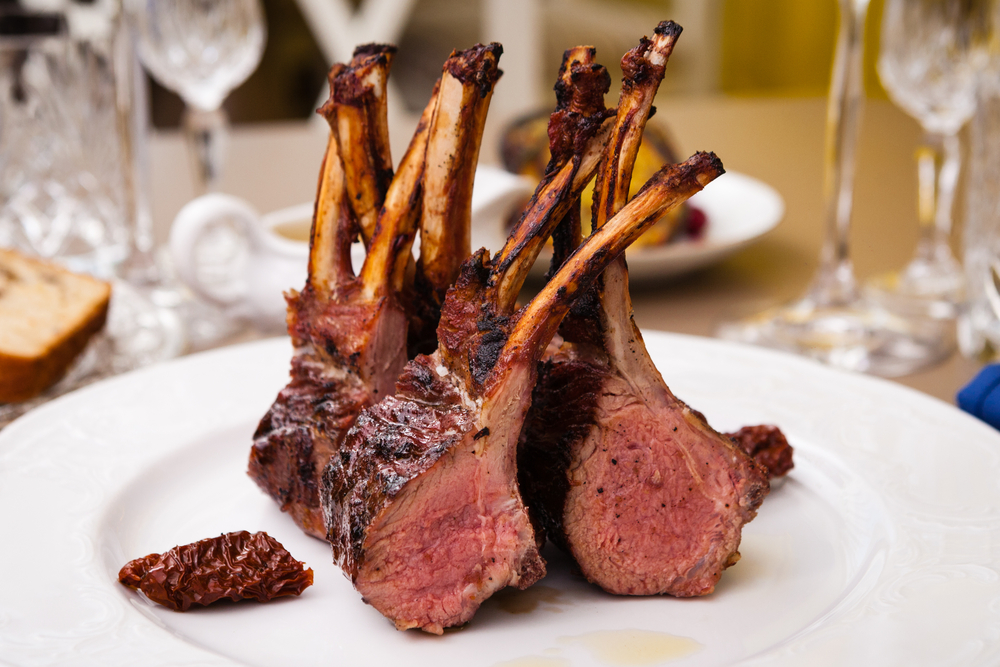
- Barnsley Chops with Big Chips and Crushed Peas
- Greek-Style Lamb Stacks with Mint Relish
- Autumn Lamb with Blackberries and Honey
- Garlic and Herb Butter Roast Lamb with Cider Gravy
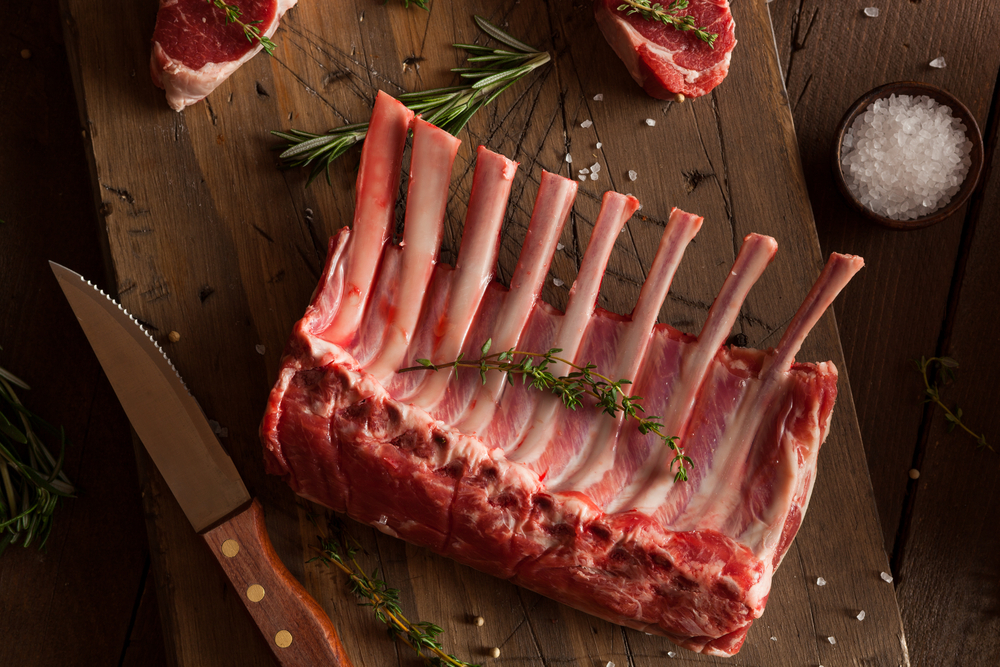
Tönnies to buy Vion’s German Beef Operations
Vion Food Group has successfully brokered a commercial agreement with Tönnies Group for the acquisition of the majority of Vion’s German beef operations.
This proposed transaction is a direct outcome of the German portfolio review initiated in January 2024 and signifies a strategic pivot towards focusing on the Benelux region. Subject to approval by the relevant competition authorities, alongside customary endorsements and closing conditions, the deal is anticipated to be finalised in 2025.
In the wake of a thorough review of its German portfolio, and following the divestments of the Landshut and Vilshofen facilities, Vion has further advanced its restructuring initiatives concerning its German assets, which encompass slaughtering, deboning, and by-products beef activities in southern Germany.
Under the terms of the proposed transaction, Tönnies Group is set to acquire Vion’s beef operations in Buchloe, Crailsheim (inclusive of pork activities), and Waldkraiburg. The acquisition also extends to the Hilden deboning facility, the hide processing plants of BestHides located in Memmingen and Eching-Weixerau, as well as the majority of Vion’s central support operations in Germany.
These South German beef operations are celebrated for their high-quality output and robust demand both domestically and on the international stage. The acquisition by Tönnies Group aims to ensure the continued prosperity and expansion of these vital activities, while preserving established supply chains and customer relationships.
Vion Food Group will maintain its stake in the Furth im Wald beef facility in South Germany. The remaining German entities under Vion’s umbrella will continue to receive full support, with all commercial relationships proceeding uninterrupted.
“This anticipated transaction marks a pivotal moment in Vion’s strategic realignment. We pledged to secure the most capable partners to guarantee a thriving future for the divested businesses, and simultaneously, we committed to increasing investments in our retained operations. Today, we take another step towards fulfilling these commitments. We are confident that Tönnies Group will deliver the necessary support and focus for sustained growth and success,” asserts Ronald Lotgerink, CEO of Vion.
UK Cattle & Sheep Trade & Prices w/e August 31st 2024
Cattle
Finished prime cattle prices ticked up again across most regions in the week ending 31 August. This week included the Bank Holiday Monday, as prime cattle numbers saw a dip of an estimated 2,600 on the week before to 29,500 head. However, estimated slaughter remained elevated against the same week a year ago.
The overall average GB steer measure rose by 2.6p on the week to 499p/kg, while steers of R4L specification rose by 3.9p to average 507p/kg overall. Heifers rose by 2.4p overall to average 496p/kg, while young bulls rose by 2.4p overall to average 490p/kg.
Cows meanwhile maintained their high position, averaging 359p/kg across all carcase classifications, up 0.6p from the previous week. Estimated cow slaughter dipped by 600 head to 8,200 head during the shorter week.
Market reports suggest that there has been increased demand of late for roasting and steaking cuts. Beef demand has reportedly seen boosts due to the bank holiday from both retail and foodservice.
Sheep
The GB deadweight new season SQQ averaged 664p/kg in the week ending 31 August, down 2p from the previous week. The measure stood over £1/kg ahead of the same week a year ago.
In contrast to cattle, estimated lamb slaughter stood largely stable from the week before at an estimated 189,800 head (up 900 head). However, numbers remained notably lower year-on-year, continuing to point to tightness in the new season crop.
Market reports would suggest the overall quality of lambs forward is rather mixed, with meat well sought-after. Indicators would suggest the export trade is currently fairly robust, with prices out of Rungis wholesale market steady-to-firmer over the past week.
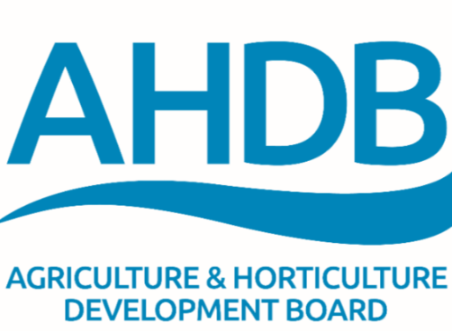
Irish Pig Trade & Prices w/e August 24th 2024
Prices
Deadweight pig prices in Ireland are holding relatively stable after increasing strongly from a low of 190c/kg in mid-February until early August. The average price paid for grade E pig prices in Ireland for the w/e 24 August 2024 was 231c/kg excluding Vat. The current Irish price is 6c/kg higher than the corresponding week last year
Throughput
While throughput has improved in the last quarter demand continues to run ahead of supplies. Total throughput YTD is 2,102,474 which is marginally behind the corresponding period in 2023. Throughput for week ending 24 August 2024, was 65,787 a marginal increase from the previous week
The latest available data from the CSO shows that Irish exports of primary pigmeat products were valued at €243 million, 2% higher than the corresponding period in 2023. A recovery in pig supplies for processing and a slight improvement in carcase weights have contributed to a similar 2% increase in export volumes during H1.
Within the H1 exports, there were notable increases in the value of trade to the UK (+16% to €71 million), and EU markets (+25% to €59 million). Meanwhile, there were declines in the value of Irish pigmeat exports to Asian markets (-15% to €77 million) and Oceania (-37% to €16 million).
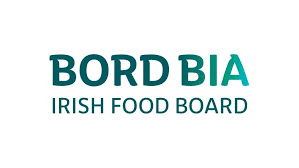
Irish Cattle Trade & Prices w/e August 24th 2024
Throughput
There were 33,058 cattle processed in DAFM approved plants during the w/e 24 August, 2024, taking throughput for the year to date to 1,134,248 head. This is on par with the corresponding period in 2023 when a total of 1,132,248 cattle were processed.
There have been 812,537 prime cattle processed in the first 34 weeks of 2024, a 1.7% decrease from the same period last year (-13,841 head). Cow throughput has remained strong with 280,823 cows processed so far this year, a notable increase of 25,820 head (+10%).
Quotes
There was a steadying in the base quotes at Irish meat plants this week in response to tighter supplies of suitable cattle. In general, producers were offered a base price of €5.00-5.05/kg for steers with reports of up to €5.10/kg available. Starting quotes for heifers are in the region of €5.10-5.15/kg this week with similar room for negotiation being reported.
The trade for young bulls was also described as steady, with prices of between €5.20/kg and €5.30/kg on-offer for R grading animals under 24 months of age. The cow trade remains relatively steady, with well-fleshed O grading cows being offered prices of €4.30-4.40/kg, with a range of €4.75-4.80c/kg available for good quality R grading cows.
A significant proportion of the cow kill have achieved a conformation score of P in recent months and the prices available for these animals vary significantly based on grade, weight and quality.
Prices
For the week ending 17 August 2024, the average price paid by Irish beef processors for R3 increased marginally to €5.02/kg. This remained 28c/kg ahead the corresponding week in 2023 when the R3 steer price was €4.72/kg. Note that reported prices exclude VAT but include all bonus payments such as in-spec bonus, breed-based producer groups etc.
Across the EU, the average reported price for R3 grading young bulls was €5.07/kg (excluding VAT) for the week ending 10 August, 2024. This is 29c higher than Week 33 of last year when prices averaged €4.78/kg for this category.
In Britain, tighter cattle supplies and firm demand have meant deadweight beef prices have started to firm again. This week the average UK R3 steer price increased by 3c/kg to €5.70/kg (equivalent to £4.90/kg)

Australian Cattle and Sheep Market Report w/e 30th August 2024
Cattle
The cattle market, although generally mixed, was still supported by a strong foundation this week. Yardings eased by 5,897 to 48,642 head, with year-to-date yardings 7% above current levels.
The Heavy Steer Indicator eased by 2¢ to 345¢/kg liveweight (lwt), and prices eased in NSW and Queensland while all other states experienced lifts. Yardings saw a lift of 133 head over the past week.
The Restocker Yearling Heifer Indicator lifted by 4¢ to 368¢/kg lwt. The highest prices were seen at Tamworth, Carcoar and Wagga which contributed to 13% of the indicator. At Wagga and Tamworth, increased interest for heifers is outpacing demand for steers in some cases. This increased demand for heifers for restocking or feedlots has pushed prices upwards.
Sheep
The sheep market has been generally positive except for the Mutton Indicator, which eased by 8¢. Both sheep and lamb yardings eased this week, totalling 13,237 head reduction in yardings.
The Trade Lamb Indicator lifted by 28¢ to 836¢/kg carcase weight (cwt), and prices lifted across most states except for WA. Yarding eased by 2,831 to 35,582 head. Forbes saw the highest trade lamb price at 873¢/kg cwt. However, most lambs at Forbes fell into the trade lamb categories with fewer heavy trade and heavy lambs available at market.
A lift of 45¢ was seen for the Restocker Lamb Indicator, totalling 632¢/kg cwt. Prices lifted in all states except NSW which eased by 19¢. Throughput in Wagga surged by 24,408 head, leading to 2.8 times more restocker lambs being sold. Despite this increase in supply, prices at Wagga lifted by 9¢. However, as the season progresses, lambs are trending lighter from both early weaning and the effects of a drier season.
Slaughter
Week ending 30 August
Cattle slaughter eased by 120 to 140,990 head. There were mixed results across the states, however small lifts were recorded in NSW, Queensland and WA. For the second week in a row Queensland achieved the largest weekly slaughter in four years at 75,201 head. Year-to-date, slaughter has lifted by 11% compared to 2023, indicating processing capacity strength.
Combined lamb and sheep slaughter lifted by 54,756 to 588,826 head. Sheep slaughter lifted by 38,094 to 180,753 head, with NSW seeing lifts of 25% and Victorian slaughter lifting by 26%. Lamb slaughter lifted by 16,662 to total 408,073 head. Lamb slaughter eased by 11,063 to 210,257 head in Victoria while SA experienced lifts in lamb slaughter by 24,434 head. Overall lamb slaughter has eased over August due to multiple processor shutdowns and fewer lambs available to market.
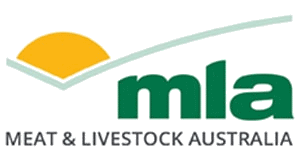
Australian farmers increasingly concerned about government policy
Australian Red Meat Exports Boom in UK since Free Trade Agreement
Isle of Man bans some EU imports to prevent ‘goat plague’
The Isle of Man has implemented a ban on importing certain sheep and goat products from the European Union to prevent the spread of the highly contagious infection known as “goat plague” or peste des petits ruminants (PPR).
The strict controls, which include postal imports of meat, cheese, and milk, aim to protect Manx animals from the virus that has killed hundreds of sheep and goats in mainland Europe in recent months. The virus does not affect humans.
The government’s chief veterinary officer, Amy Beckett, stated that an outbreak on the island could be “damaging” for the farming sector. Restrictions are already in place to prevent the importation of live sheep and goats from affected areas. Dr Beckett emphasized that the ban means people should not bring back sheep or goat products to the island from the affected EU countries, currently Romania and Greece. Residents visiting EU countries not affected by PPR must also not carry sheep or goat products back to the Isle of Man “unless commercially produced and packaged to EU standards.”
The measures are designed to prevent an outbreak on the island, which could lead to animal suffering and harm the farming industry. Environment, Food and Agriculture Minister Clare Barber added, “The strict measures have been introduced to help limit the spread of the disease and will remain in place until PPR no longer presents a risk to Manx sheep and goat populations.”
Smaller Abattoir Fund Grant Scheme: Deadline Approaching
|
|
|
Irish Pig Trade: Steady Increase in Deadweight Prices
Prices
Deadweight pig prices in Ireland are on an upward trajectory in response to relatively tight supplies for slaughter. Prices have increased steadily week on week from a low of 190c/kg in mid February 2024.
The average price paid for grade E pig prices in Ireland for the w/e 17 August 2024 was 230c/kg excluding Vat. The current Irish price is 6c/kg higher than the corresponding week last year
Throughput
While throughput has improved in the last quarter demand continues to run ahead of supplies. Total throughput YTD is 2,036,687 which is marginally behind the corresponding period in 2023. Throughput for week ending 17 August 2024, was 63,920 back up by almost 10,000 head from the week previous due to lower figures week previous due to the impact of the bank holiday.
The latest available data from the CSO shows that Irish exports of primary pigmeat products were valued at €243 million, 2% higher than the corresponding period in 2023. A recovery in pig supplies for processing and a slight improvement in carcase weights have contributed to a similar 2% increase in export volumes during H1.
Within the H1 exports, there were notable increases in the value of trade to the UK (+16% to €71 million), and EU markets (+25% to €59 million). Meanwhile, there were declines in the value of Irish pigmeat exports to Asian markets (-15% to €77 million) and Oceania (-37% to €16 million.).

